The 2016 IZIP E3 Peak is one of the most powerful mid-drive electric bikes I’ve tested for trail and mountain style riding. The M07 motor by TranzX delivers 73 Newton meters of torque and is surprisingly quiet. With a 27.5″ wheelset the bike feels nimble but also stable and comfortable going over bumps. The air suspension fork is light weight and offers both rebound adjustment and lockout, the latter of which is great for riding efficiently on paved surfaces. This e-bike would work well as an urban commuter (with the occasional curb jumping) or a true trail/mountain platform because the tires are less knobby (but still wide and grippy) and the frame offers mounting points for fenders and a rear rack. It’s a Class 1 pedal assist only bike that is limited to 20 mph making it better suited for trail use and if you’re mostly commuting the slightly less expensive and faster IZIP E3 Dash is probably a better fit. It also has suspension (though less robust) and comes stock with fenders, a rack and integrated LED lights installed.
Compared with the Tekoa iE from Raleigh, the E3 Peak offers sturdy 15 mm and 12 mm thru-axles, the fork has rebound adjust vs. preload, you get the rear rack and fender mount bosses and a kickstand mount. To me it’s a curious mix of robust features (the axles) and more urban-oriented extras but both electric bikes cost the same $2,799. The biggest difference is that the Tekoa iE is a 29er with larger diameter wheels and is offered in one extra size (Extra Large 21″) vs. the 17″ and 19″ only sizes for the E3 Peak. Additionally, the bikes use different headsets, the Peak has low-rise bars vs. flat and has a wider seat tube at 31.6″ which is good to know if you want even more comfort and plan on adding something like the Thudbuster ST.
Not a lot has changed in terms of operation since the 2015 model of the E3 Peak, I think they use the same high power motor and display panel which has automatic backlighting (that you can’t turn off). The display panel swivels to reduce glare but is more permanently fixed and the button pad on the left is still small, rubberized and easy to reach… but now instead of having a twist throttle compromising the right grip, you have the option to purchase a $50 boost button ring with 6 mph and 20 mph buttons that you hold to use throttle mode. This does change the bike class from 1 to 2 meaning it may not be permissible to use on all of the same trails but it’s great for city use and those who may have trouble starting from rest (carrying loads for example). I like the new black and blue color scheme vs. black and yellow in 2015 and prefer the Shimano Deore XT drivetrain which should hold up well despite the lack of shift sensing on the motor. The motor operates mostly based on cadence which makes it feel powerful but doesn’t start or stop as quickly and there are no brake lever motor inhibitors so a couple of times I felt myself trying to slow down with my brakes to shift gears while still pedaling gently (trying to change gears without mashing) only to find the motor activating and foiling my plans. Overall though, it’s a powerful and fun ebike with a solid two year comprehensive warranty and some great extras that make it well-rounded and useful in many situations vs. just off road like the Haibike HardSeven which does not have mounting points for a rack etc. but looks much cooler in my opinion.
Pros:
- Sturdy 15 mm thru axle on the front wheel for stiffness off-road, also makes lining up the disc brake rotor easier to reduce zinging noises, the rear axle is also enlarged at 12 mm
- Extremely powerful motor offering 73 Newton meters of torque, I climbed steep off-road terrain in the lowest level of assist without struggling
- Because the top speed is limited to 20 mph and this is a pedal-assist only, it’s a Class 1 making it permissible on more trails but you can get the $50 boost button add-on if you want throttle mode and that will make it Class 2
- Solid M395 hydraulic disc brakes from Shimano are easy to pull and provide great stopping power with 180 mm rotors front and rear, the levers don’t have motor inhibitors and since this motor is a bit delayed for stopping and mostly relies on torque sensing there are moments when I wish they did
- Light weight air fork with rebound adjust and lockout means you can ride the bike more efficiently on flat paved surfaces if you’re commuting or navigate comfortably off-road with 100 mm travel
- Both axles are upgraded to thicker 12 mm rear and 15 mm front for improved stiffness and better alignment of the disc brake rotors with the calipers and pads if you have to take them on/off to drive to a trail
- Even though this model only comes in a high-step “diamond” frame design, it has been engineered with a sloping top tube to lower stand over height which makes holding the bike at rest or walking over it easier, I measured ~32 inches on the Large 19″ frame
- Because the motor is mounted at the center of the frame along with the battery pack, weight is kept lower which improves stability, if you add a disc-brake compatible rear rack you’ll have plenty of room for gear to commute and it will be more solid than a beam rack
- The center-drive system leverages your chain and 10 speed cassette to operate more efficiently for climbing or reaching higher speeds (though it’s limited to 20 mph to keep this Class 1), it offers better range than a similarly rated hub motor if you manage your gears properly but the high torque output is more limited than some comparable mid mid drives like Bosch
- Higher-end parts all around including Shimano hydraulic disc brakes with a larger 180 mm rotors for improved stopping power, Shimano Deore XT derailleur for precision shifting and large stiff Wellgo alloy platform pedals for stability and grip
- If you want even more ways to ride, a boost button can be added for $50 which offers two drive modes: a 6 mph starting speed (almost like walk mode, useful for helping you push the bike uphill) or full speed up to 20 mph acting as a traditional throttle, this will change the bike to to Class 2 rating
- The motor is very capable at climbing and can easily hit the 20 mph top speed if you’re in the higher couple of gears, it’s also surprisingly quiet… but doesn’t offer the same high RPM as Bosch so your gear matters more
Cons:
- The display panel and accompanying button pad can be a bit confusing at first, holding the power button icon for a few seconds when you’re in assist level 1 will take you down to zero (so you can use the display without the motor), it would be nicer if you could just arrow down to zero
- The display unit is not removable so it could take more damage when the bike is parked outside or crammed into your trunk driving to a trailhead, thankfully the battery is
- No bottle cage bosses on the seat tube here unfortunately but it’s pretty crammed there given the downtube-battery mount and most trail and mountain riders seem to use CamelBak packs for water these days
- The battery pack must be activated before the display unit can be powered on, it’s a two step process that takes extra time and can create confusion when going straight for the display on/off
- You get a lot of power with the high-torque motor but it’s not as responsive or dynamic (feels mostly like a cadence sensor in there) and the range is more limited than some of the other ebikes I’ve tested (estimate 15 to 30 miles per charge depending on the assist level you choose), there’s also no shift sensing so if you shift down while climbing at full power the chain, sprockets and derailleur will mash hard and could get damaged over time more easily
Resources:
- Official Site: https://izipelectric.com/electric-bikes/trail#desc-bottom
- More Pictures: https://goo.gl/photos/dzhKgEBoECnr7eEh8

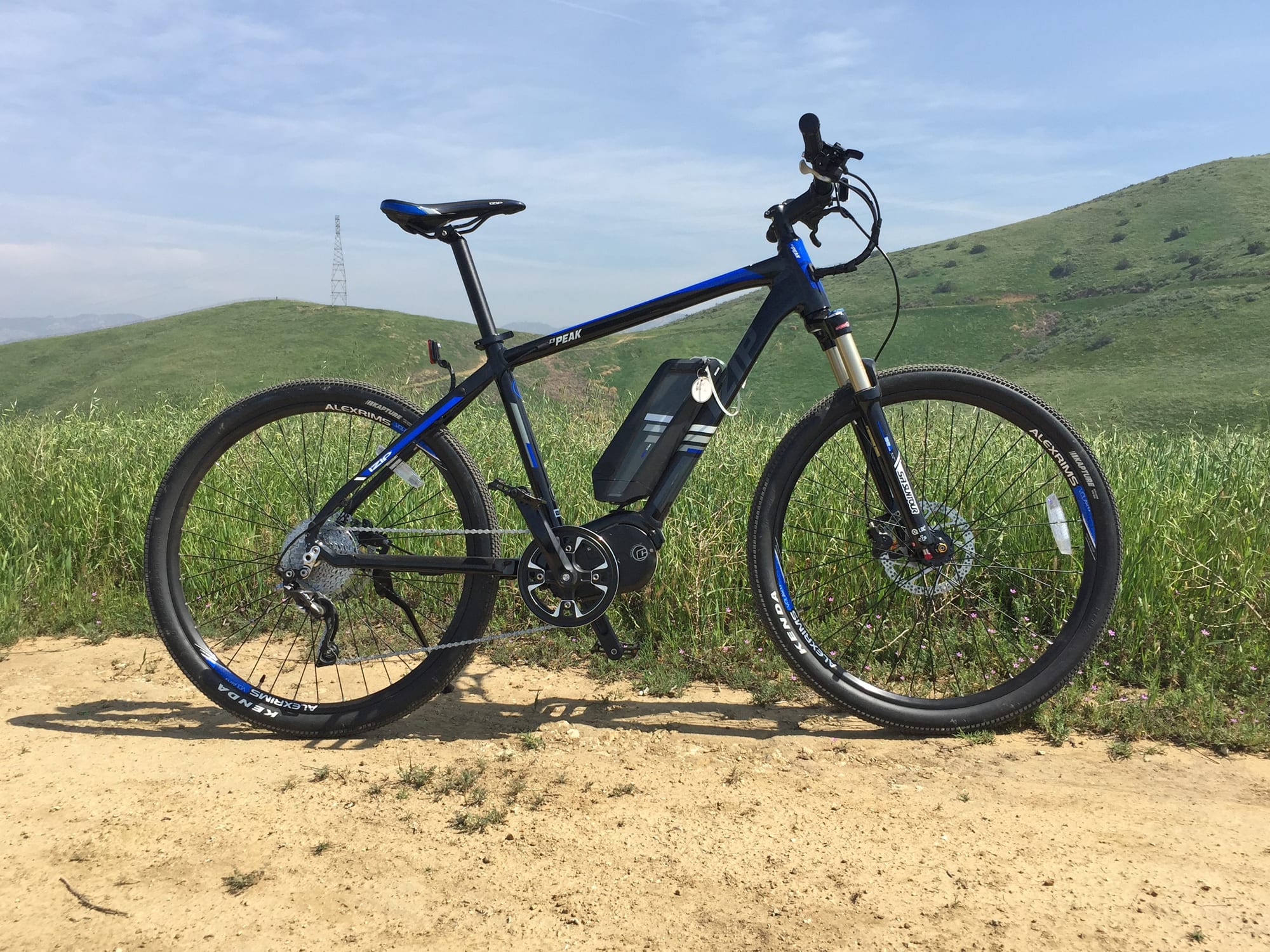
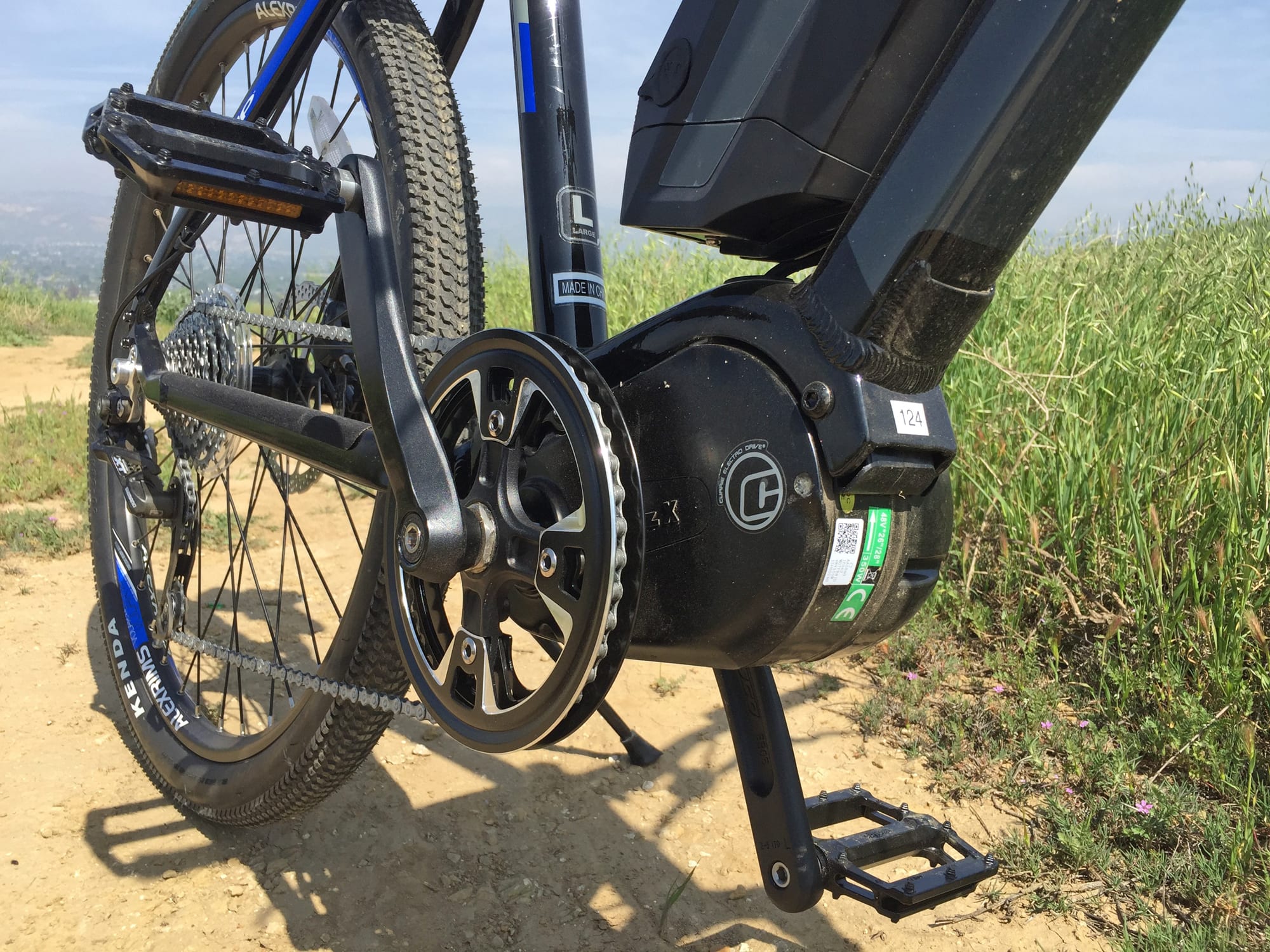
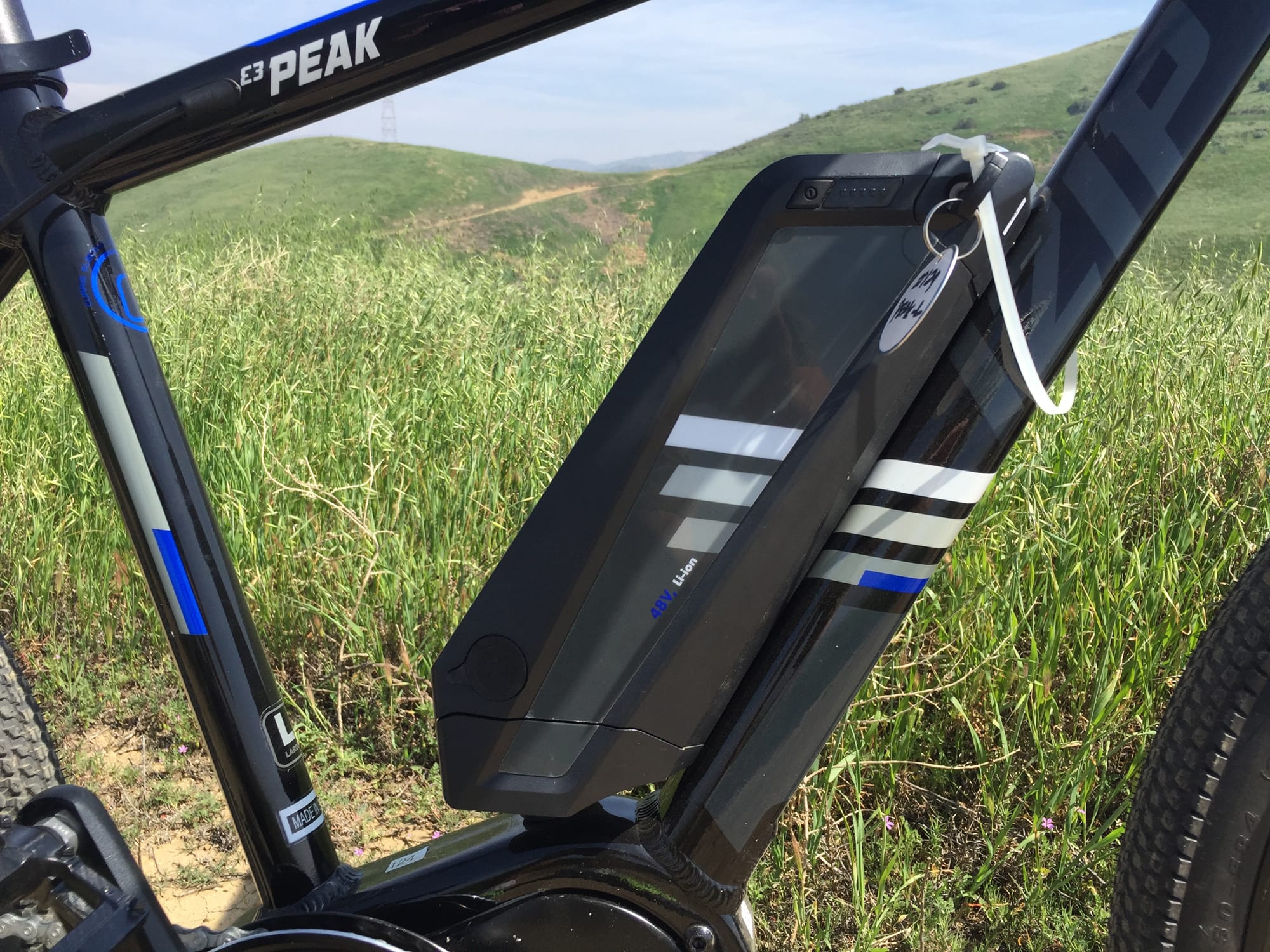
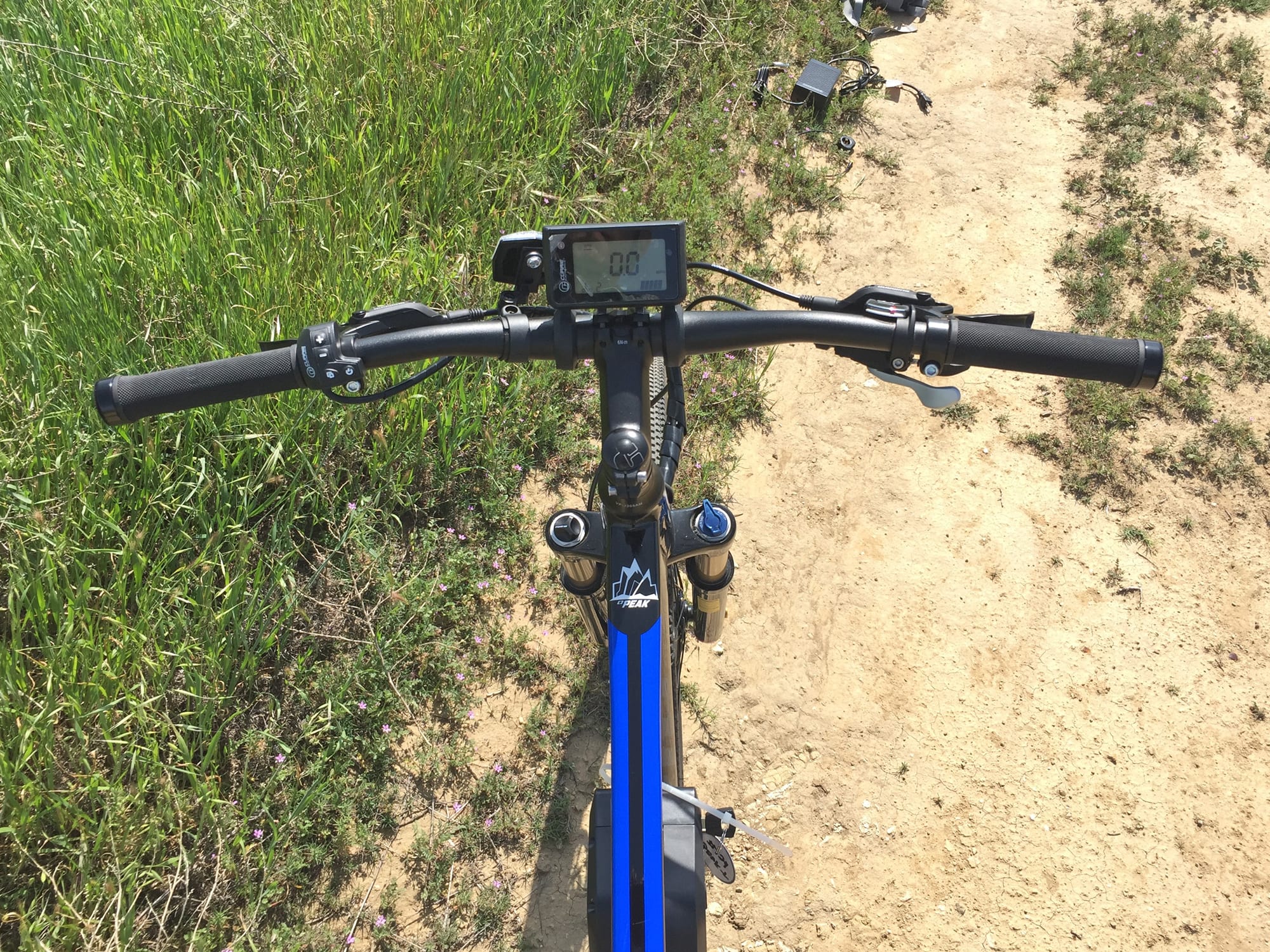
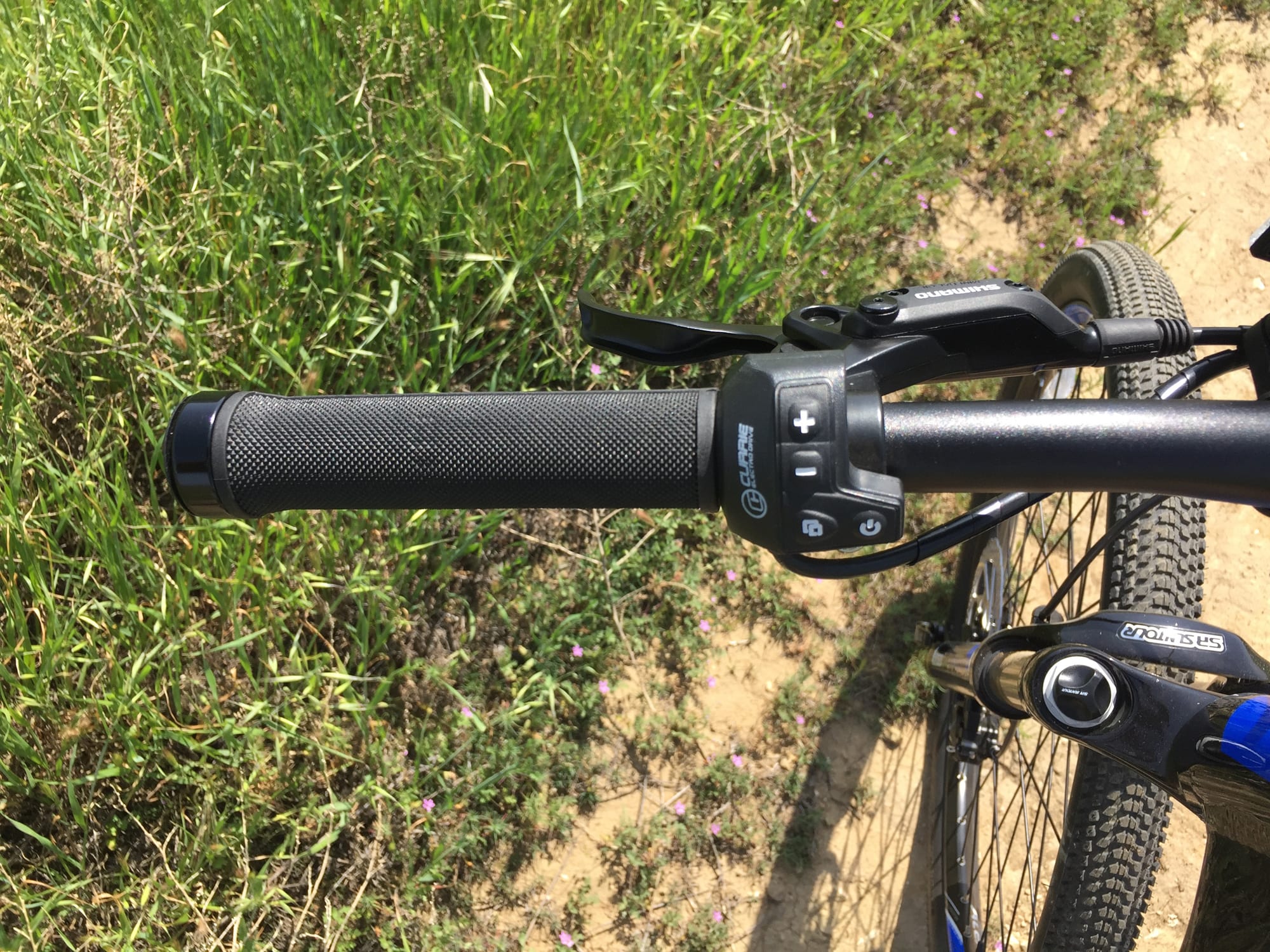
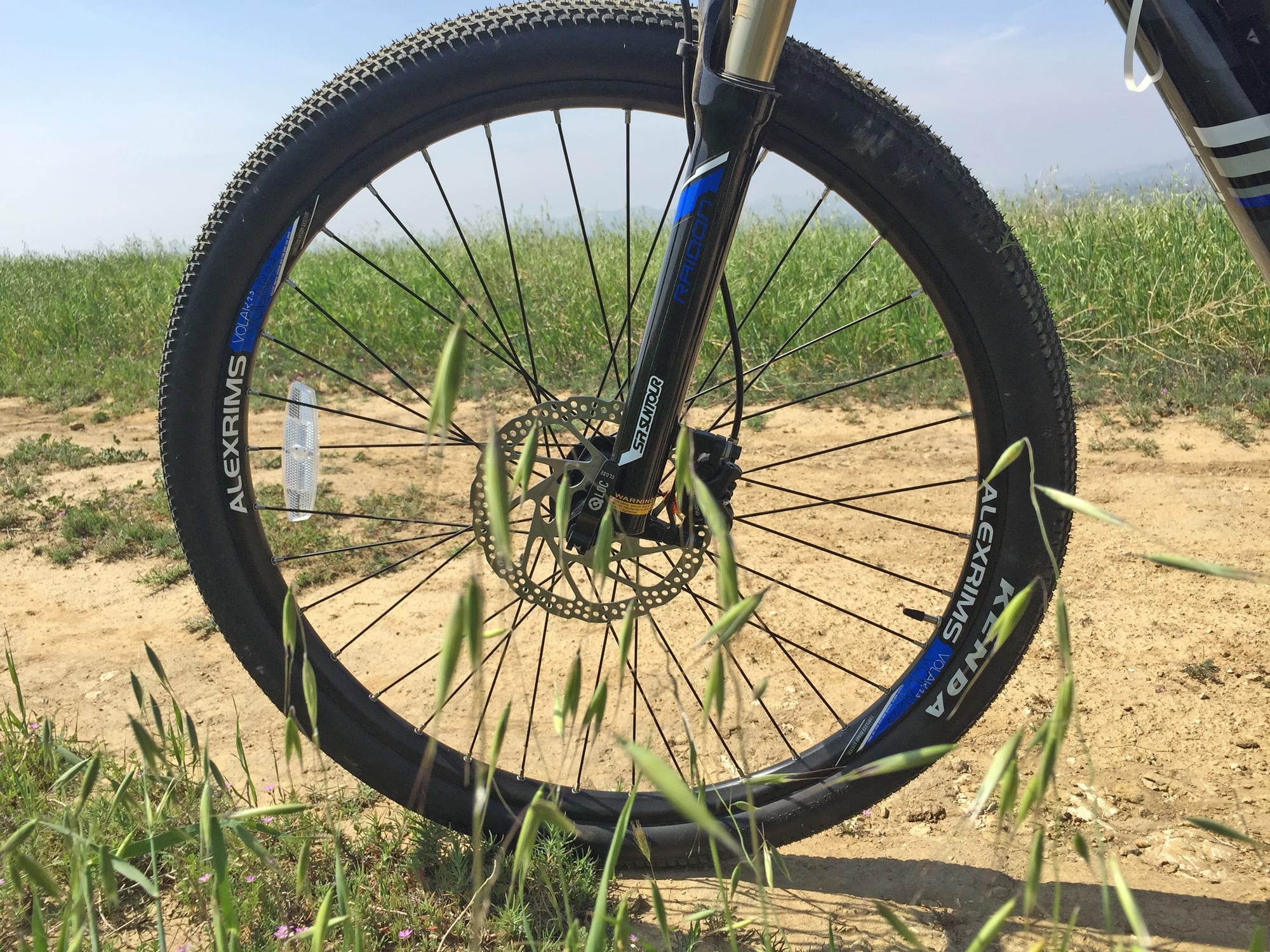
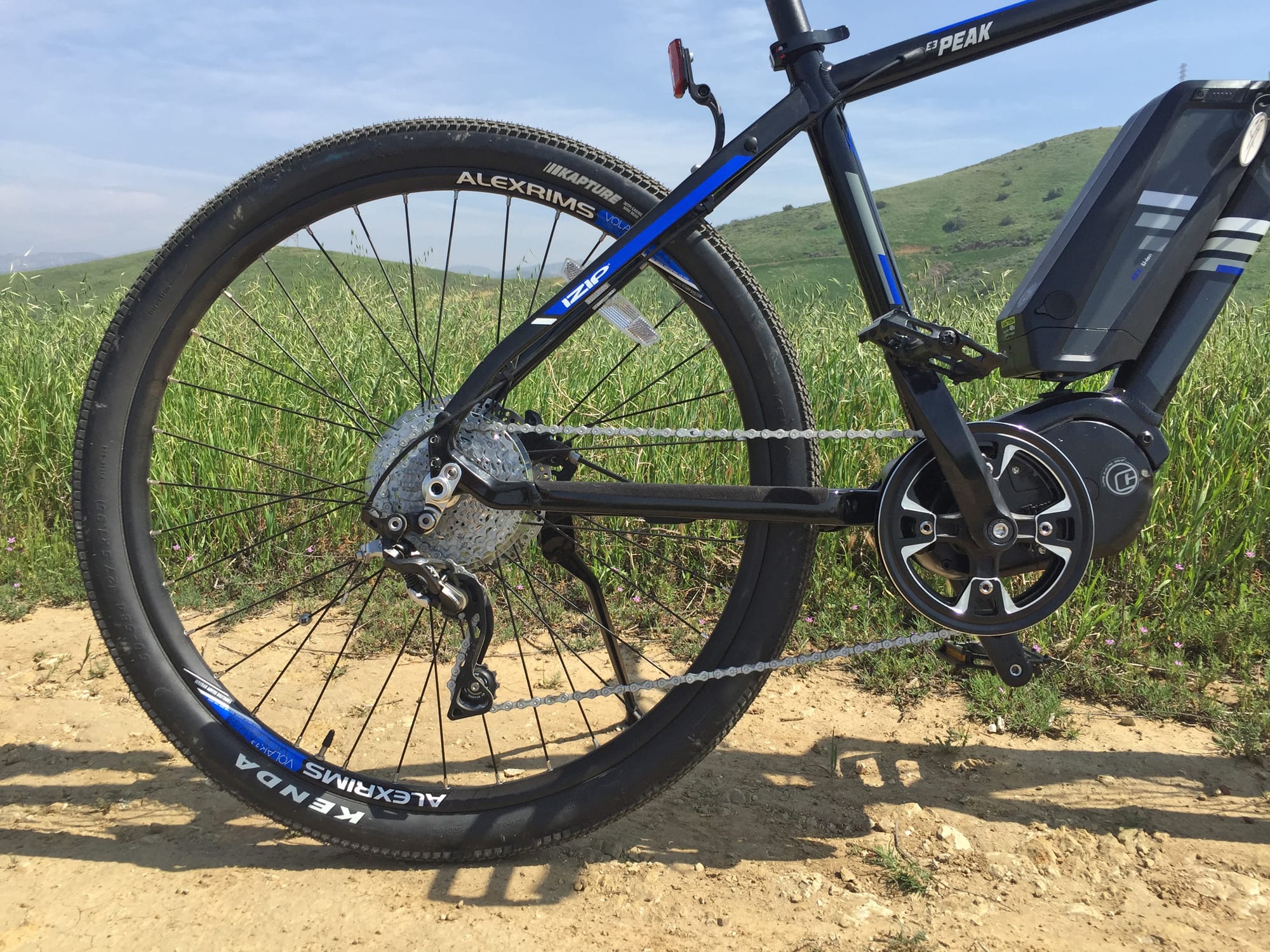
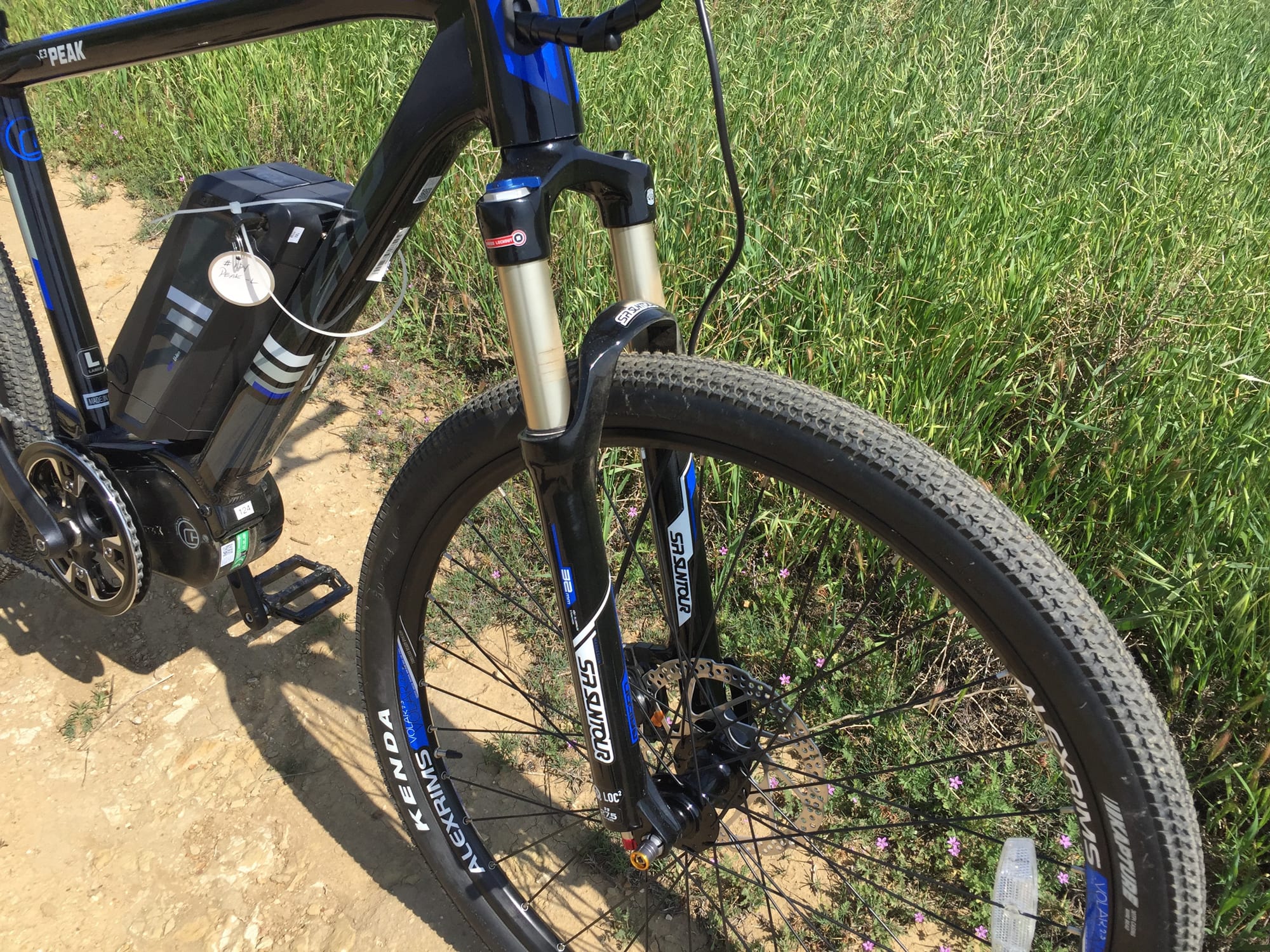
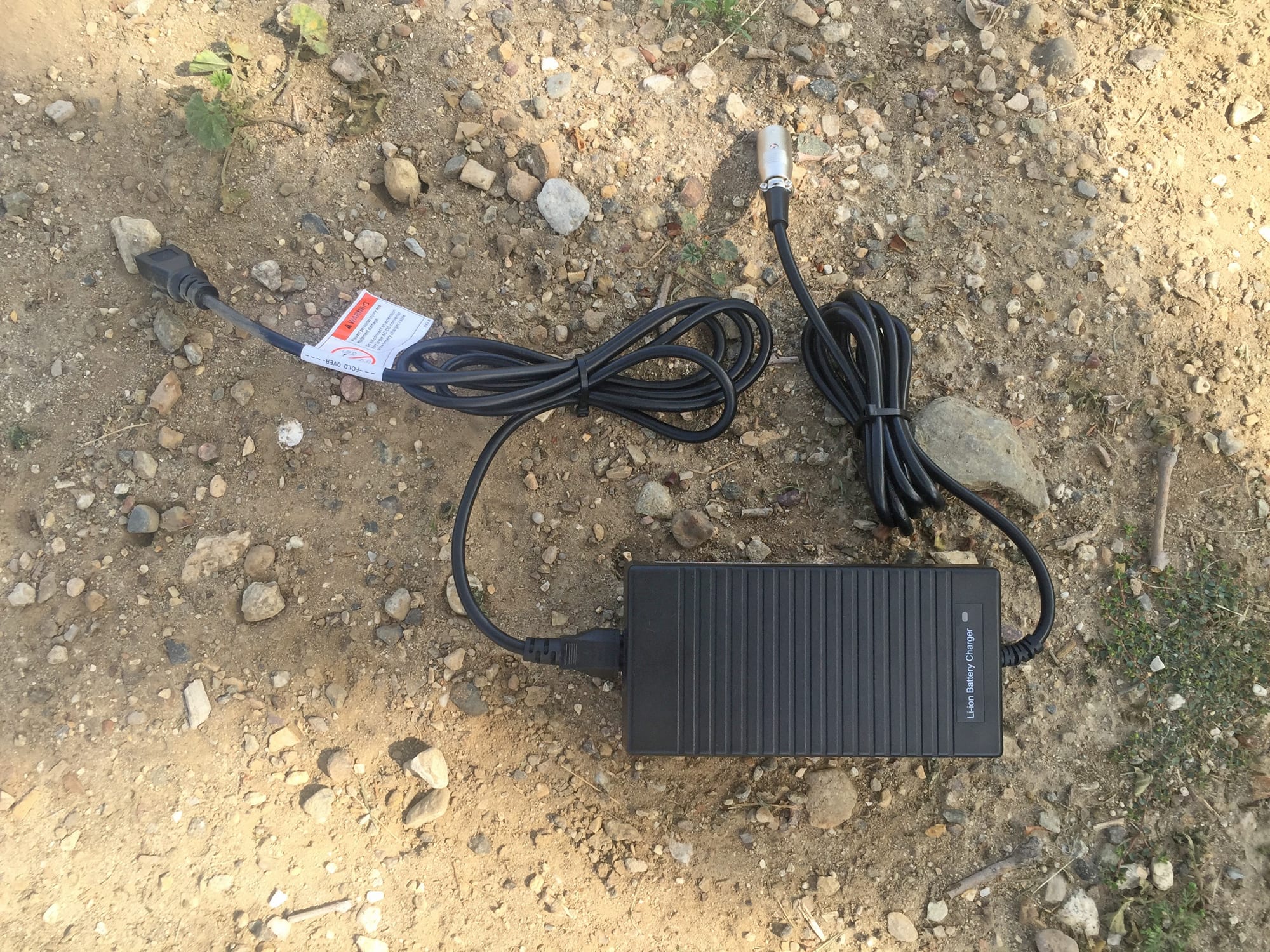

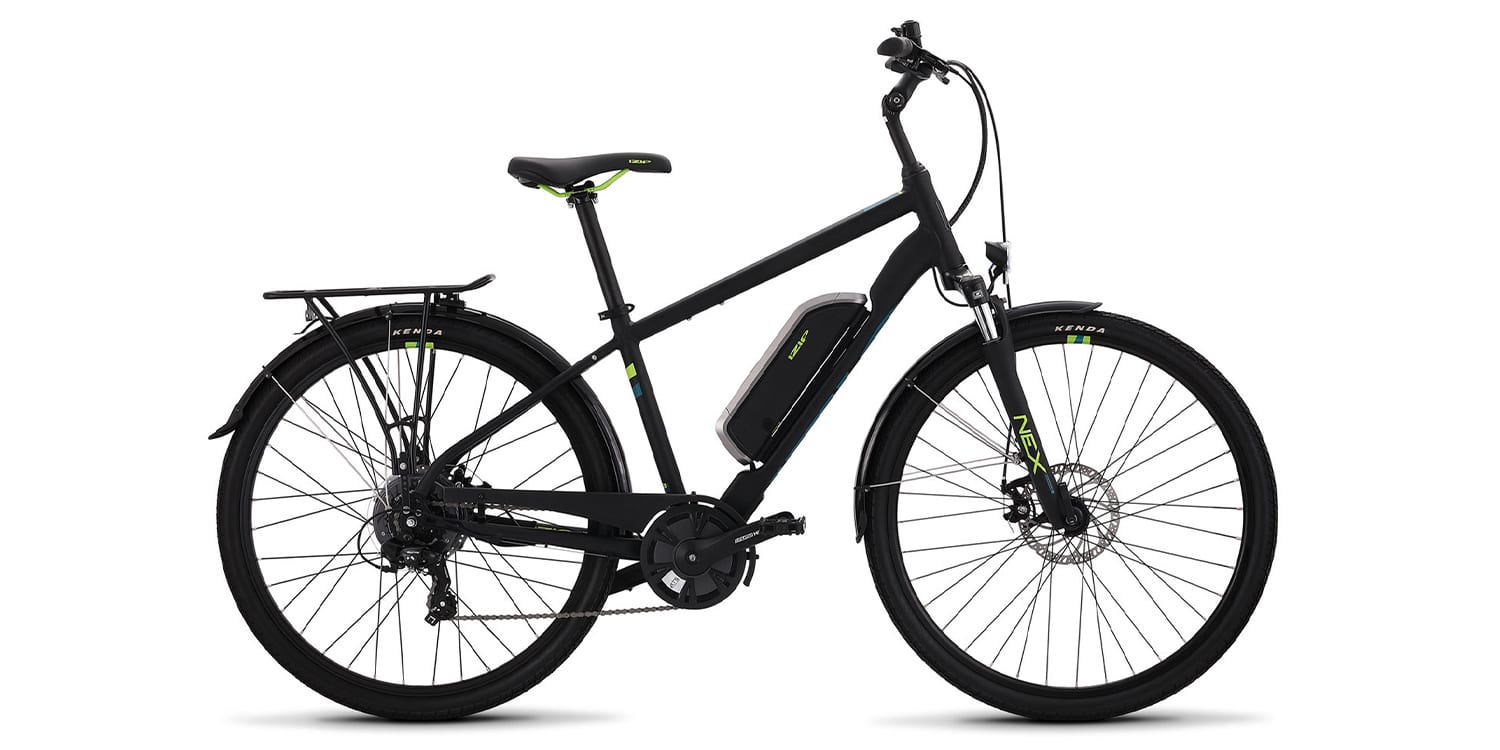
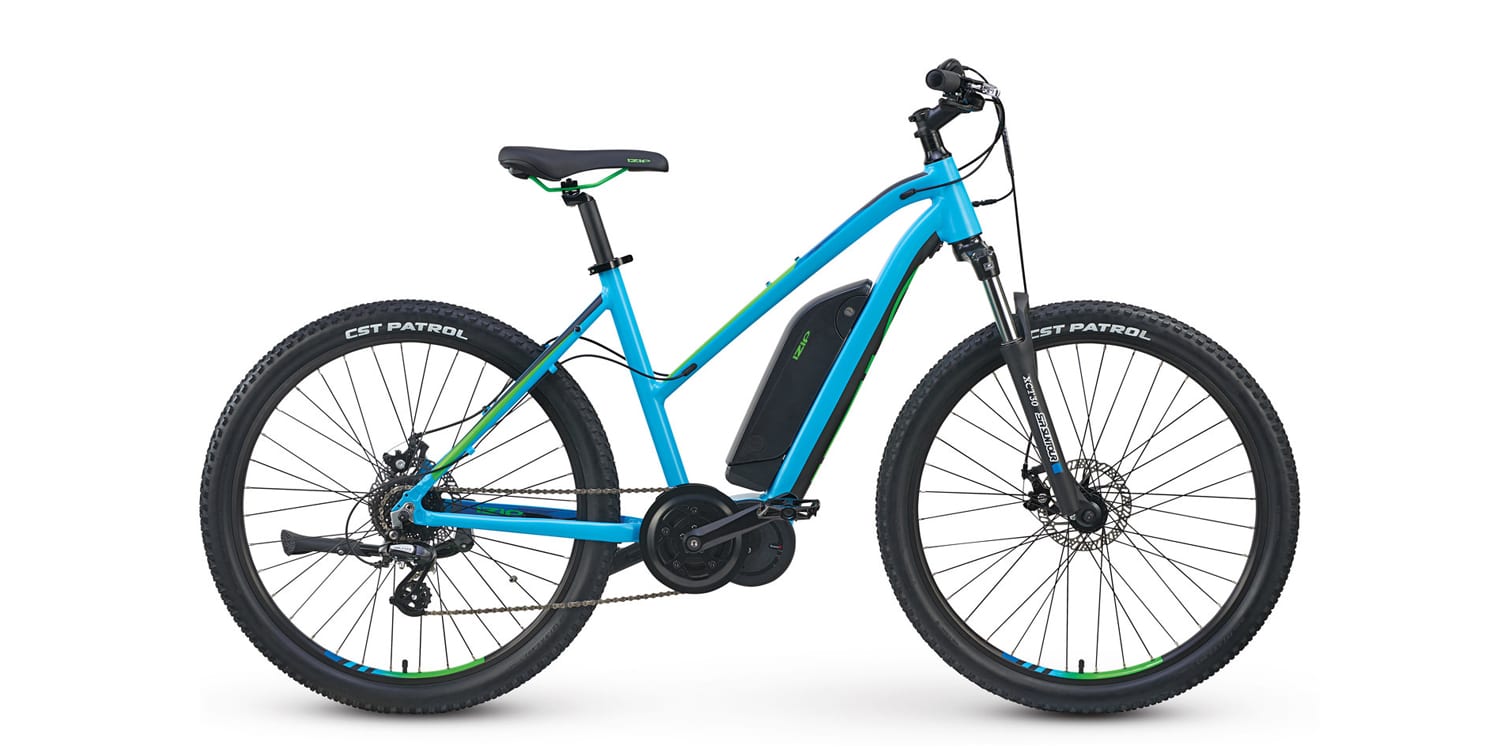
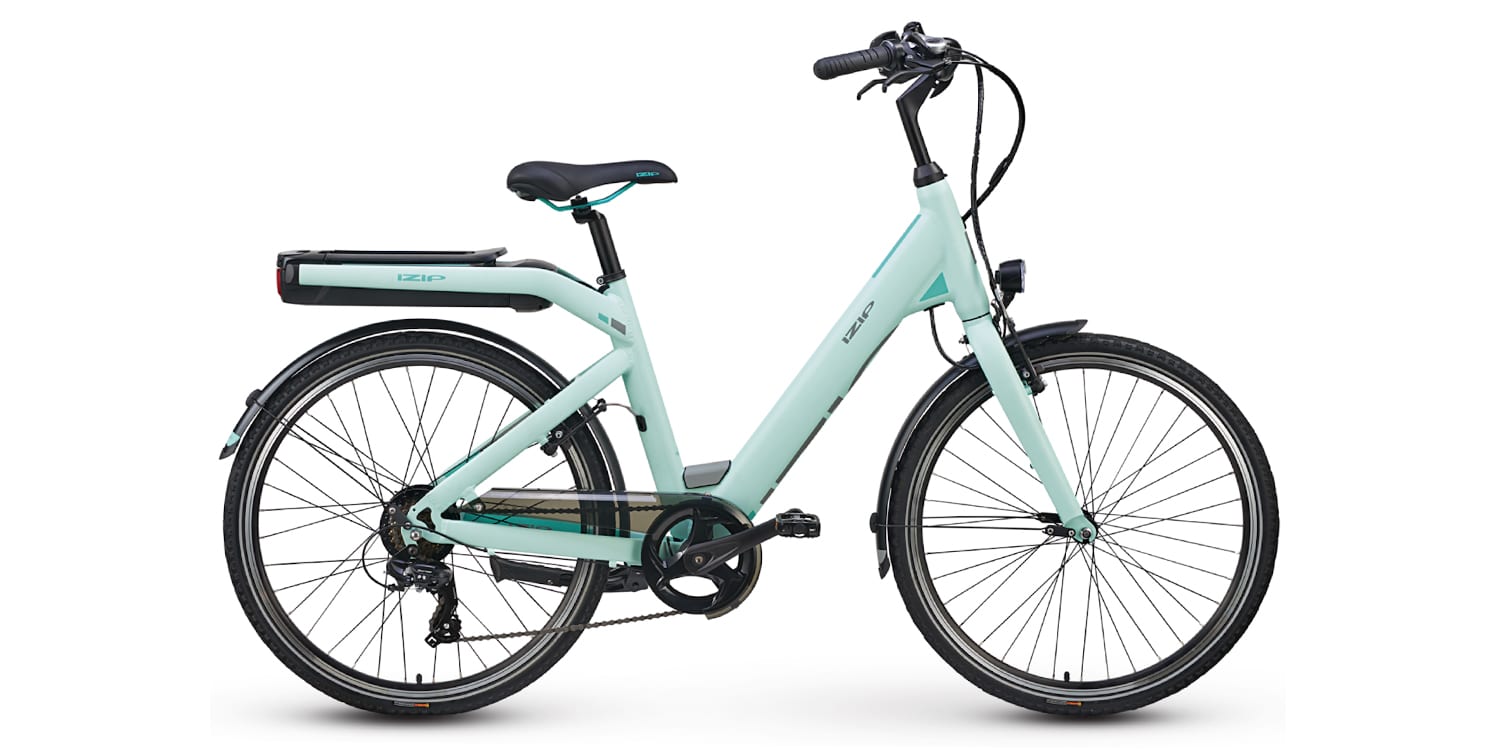
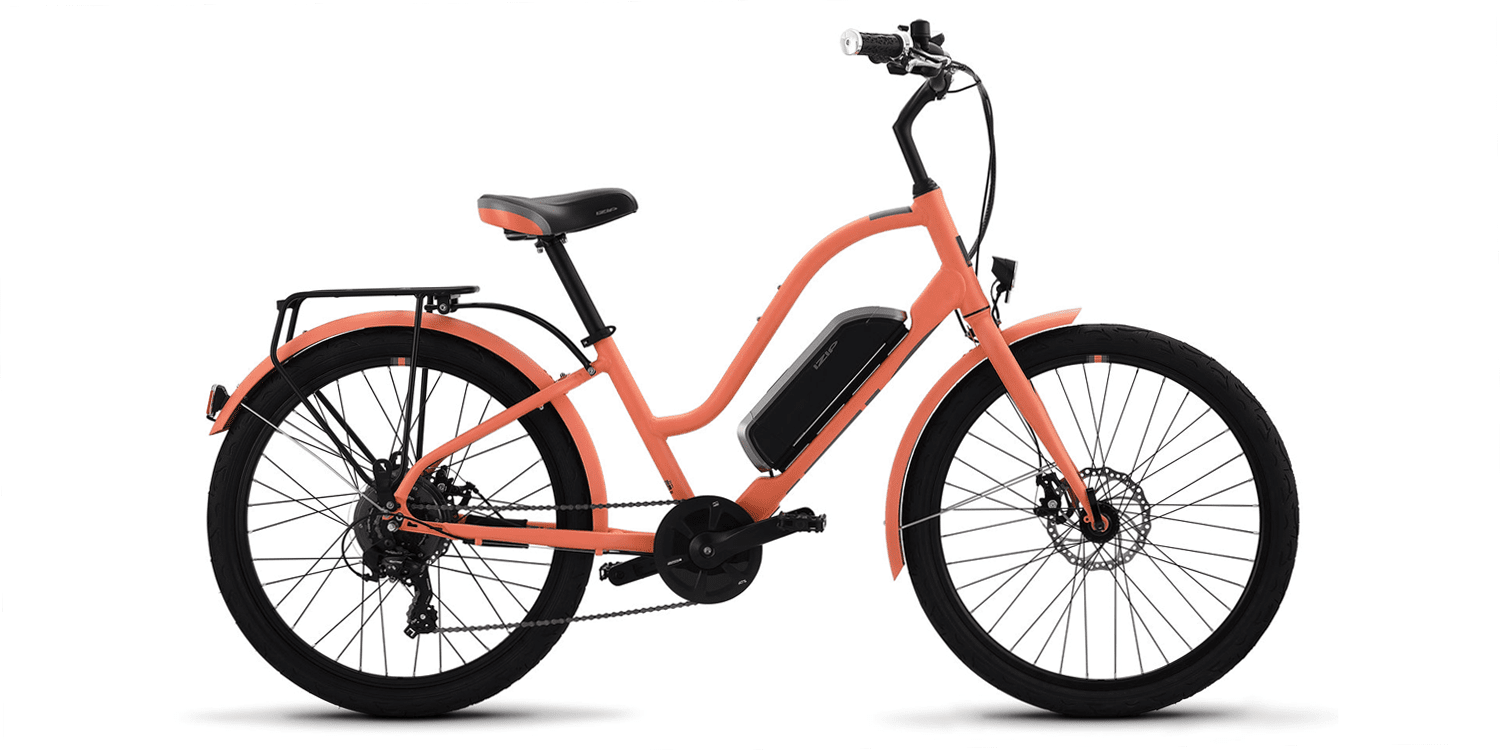
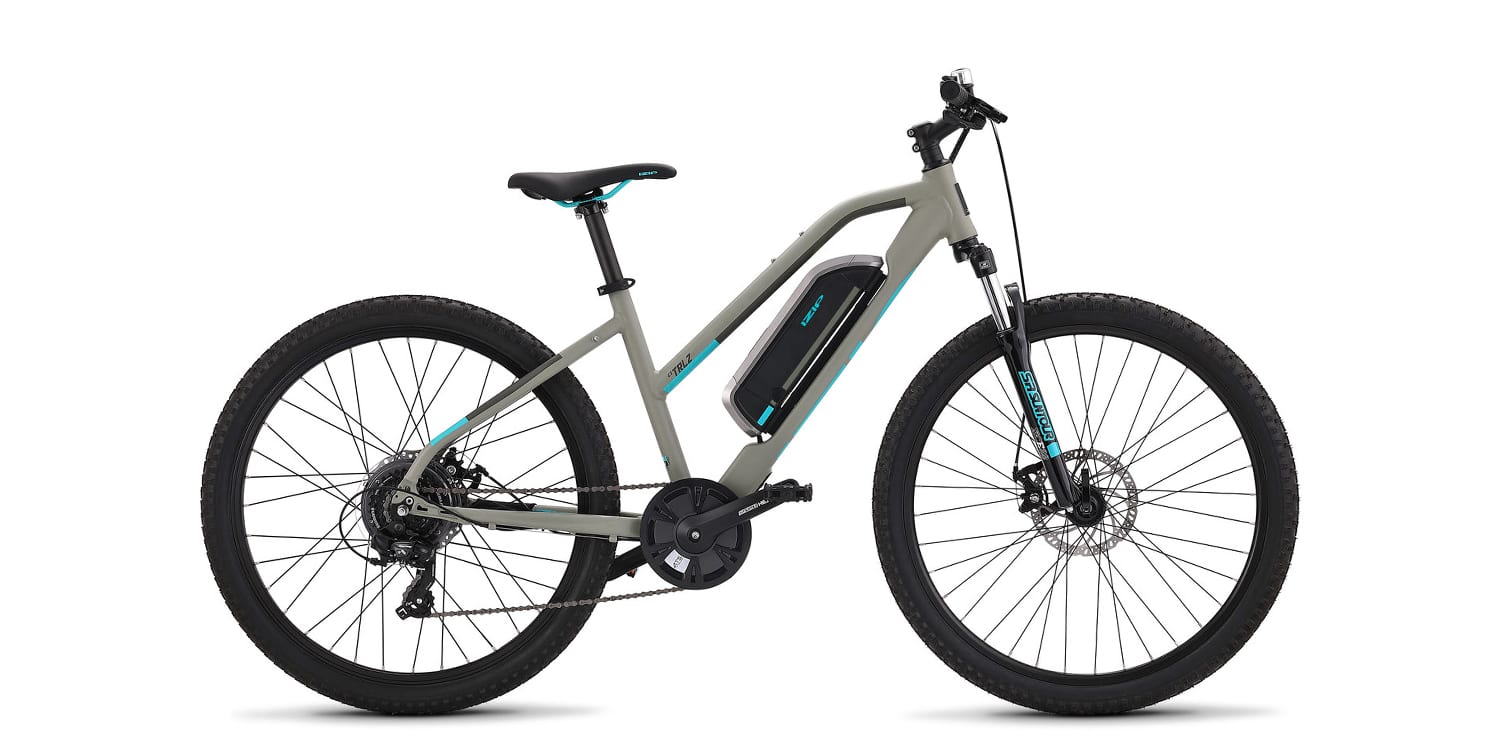

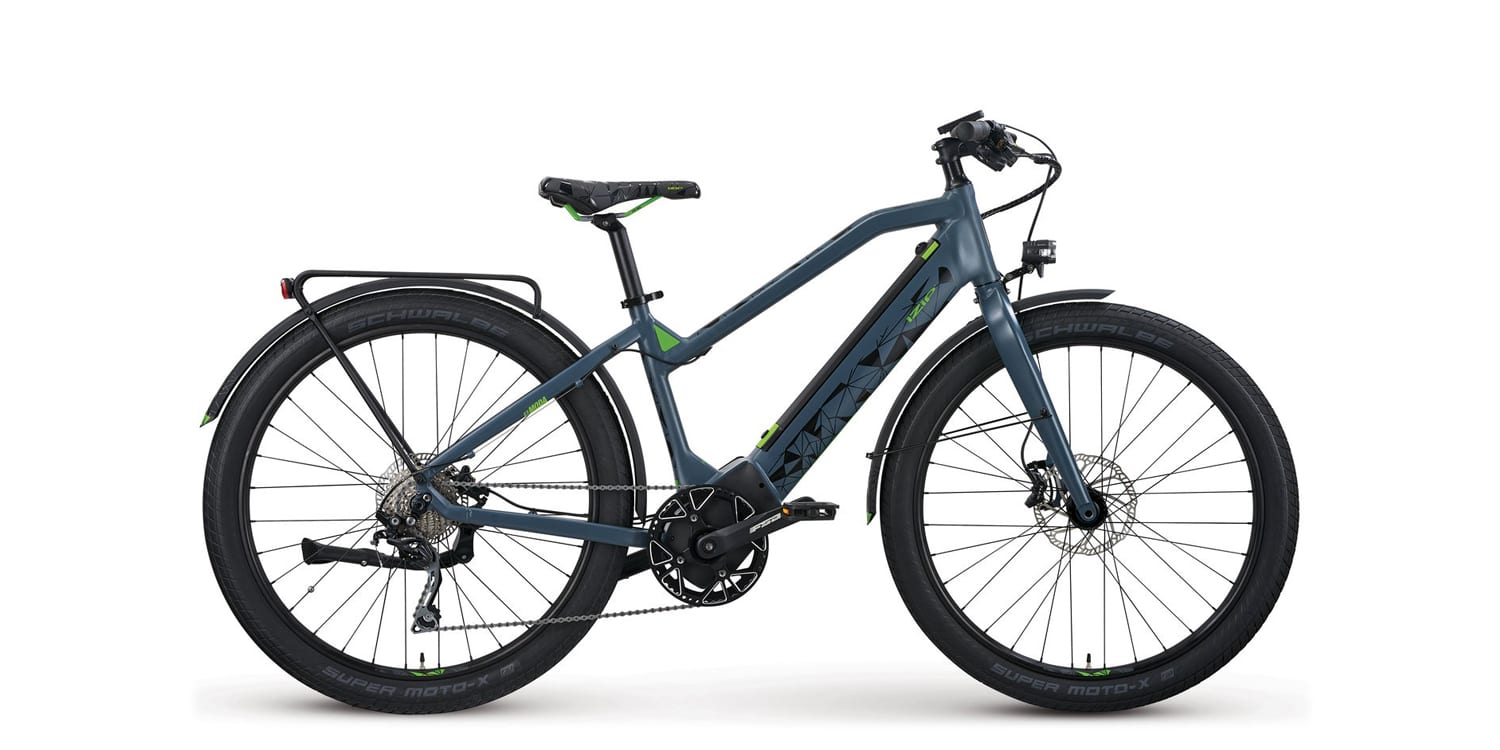
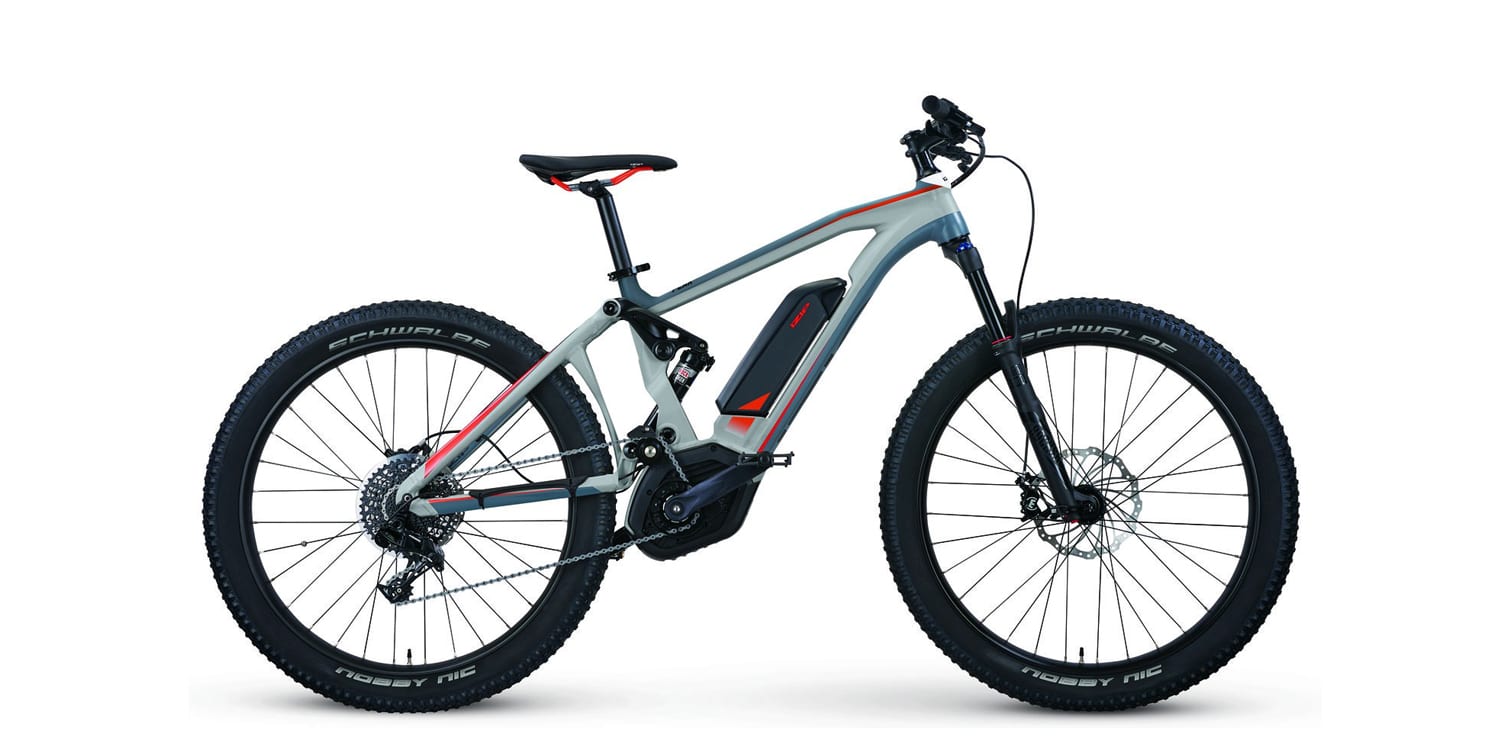
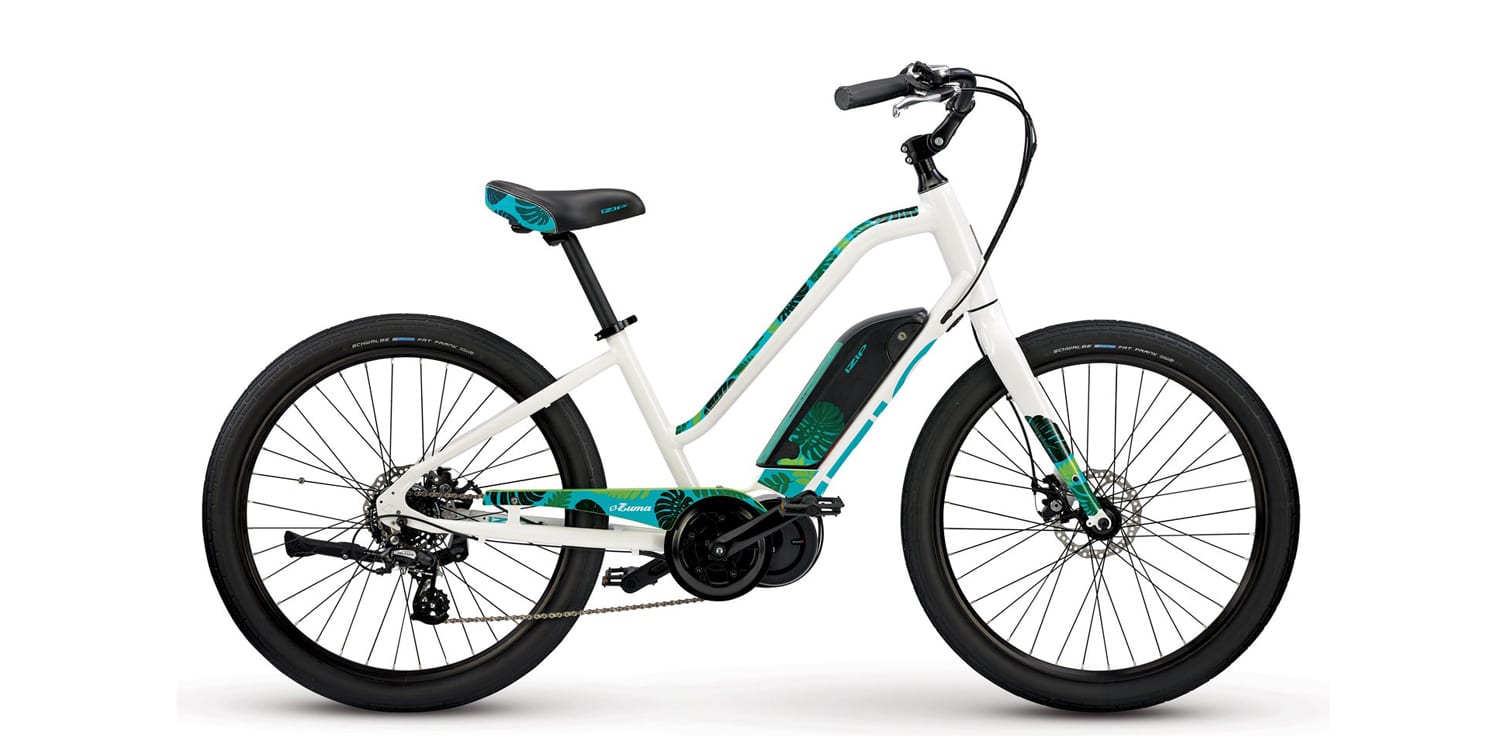
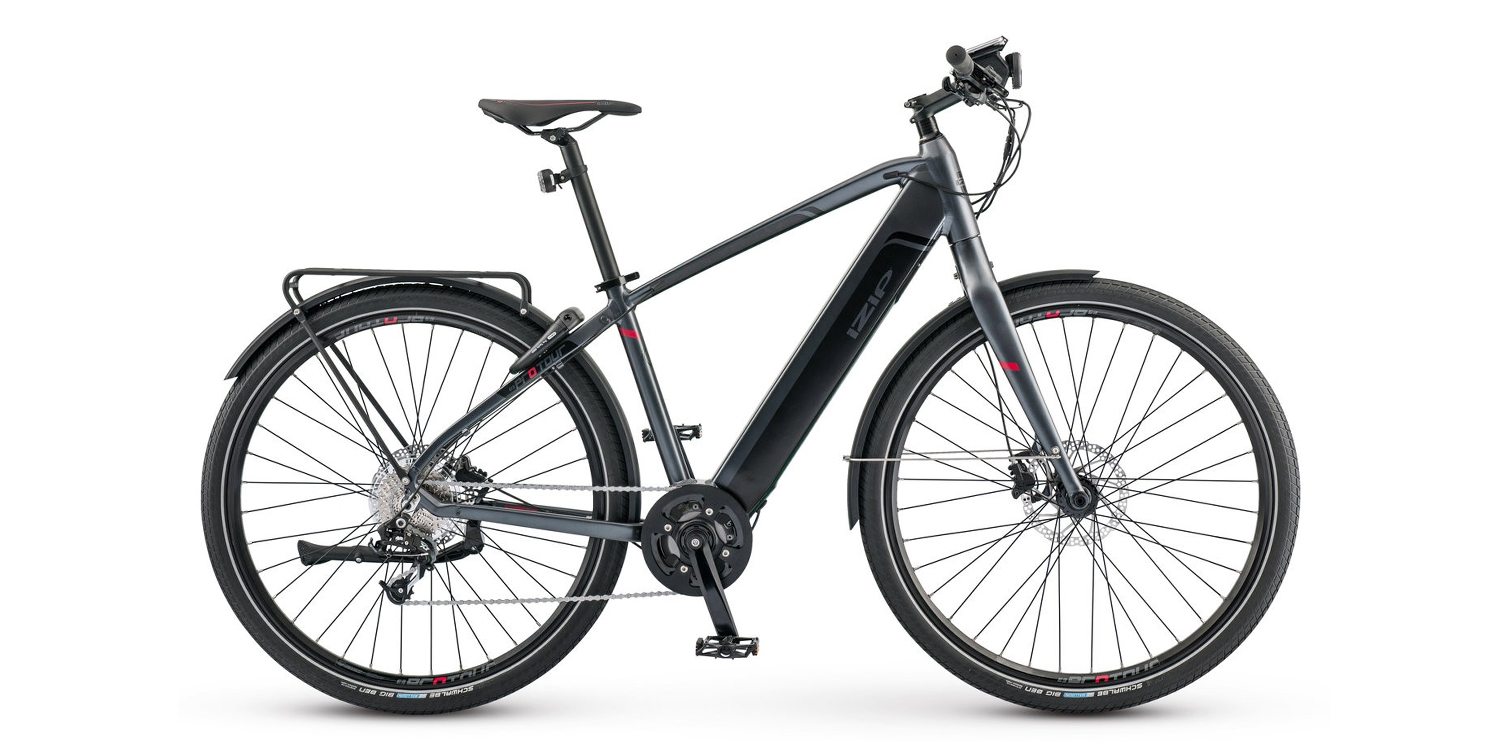
Jack Tyler says
These 3 iZip reviews – the 2016 ProTour, Peak and Dash – have been interesting to view together. Court, it seems the iZip models are in the midst of a technology shift, motor wise. My impressions from your spoken reviews is that the M25GTS motor on the ProTour is a bit quieter, has a bit more torque sensing, and is virtually no less powerful (70 NM vs. 73 NM) than the M07 on this Peak and also the Dash. Are each of those fair conclusions? And given all 3 have 48V 8.7 Ah batteries, is it also reasonable to expect their range differences will be almost exclusively due to differences in weight, speed one attempts the Peak’s wider tire patches? (I’m *assuming* the two different motors will perform comparably re: range. Fair?) Gosh, I wish that ProTour integrated battery frame and smaller/lighter motor was offered on the Peak, as I have doubts the ProTour will be suitable for riding on a variety of hard packed trails. It also seems as tho’ the Peak is the only one of the three with a reasonable off-road fork. Ah choices, choices!
Court Rye says
Hi Jack! You listened very well, that’s exactly how I feel but was unable to fully test the torque and power of the M25GTS because it isn’t installed on a true trail/mountain ebike. All of my riding was done on road but it did perform very well and just seemed like a refined version of the M07. If you’re doing trail riding the Peak would be a better choice due to nicer suspension and tires… but if you want to replace those and remove the rack, fenders and lights the ProTour could probably manage it. The Peak is really well done for 2016, it’s a bit improvement for me from 2015 and the boost button that’s available and interchangeable (just like batteries) brings it to the next level of versatility for me. I really learned to appreciate the M07 a lot more with this year’s reviews, it was as good if not better than Yamaha for climbing and was easier to use for me.
Steve Sevieria says
Court, doesn’t the Peak go to 28 miles per hour with pedal-assist? My confusion is because your review and the Izip website both show 20 miles per hour maximum assist. But when I called Currie and also in the interview you did at Interbike 2015 with the Izip rep, it was stated to be 28 miles per hour with pedal assist. Also, the person I spoke to on the phone at Currie said they were working on updating the website to 28 miles per hour for the Peak AND the peak DS.
I figured you would push the hardtail Peak up to its top end while riding it for your review, so I’m concerned that the pedal-assisted top speed really is only 20 miles per hour. Do you have a definitive number? Thanks for everything you do for the electric bike community!
Court Rye says
Hi Steve! Sorry for the delayed response here… I’ve been traveling. Wish I could be more clear on this but I thought it was limited to 20 mph to keep it Class 1 for 2016. This is a big change since 2015 when the bike did go ~28 mph in pedal assist. Based on the conversations I had and my experience riding the bikes during this recent visit to their headquarters I’d bet on 20 mph… but then again, sometimes these companies change things half way through the year. I’d love to hear about your hands on experience if you move forward with this ebike but unfortunately you do risk the time and effort of a return if they are misquoting. These companies often have a lot going on and it’s easy for the support guys/girls or web guys/girls to get stuff wrong. This is why I go and test and I’m fairly confident it’s just 20 mph specifically so it can be a Class 1 and allowed on more trails in California and beyond. Some of the other models that are on-road can and do go to ~28 mph including the E3 Dash and ProTour.